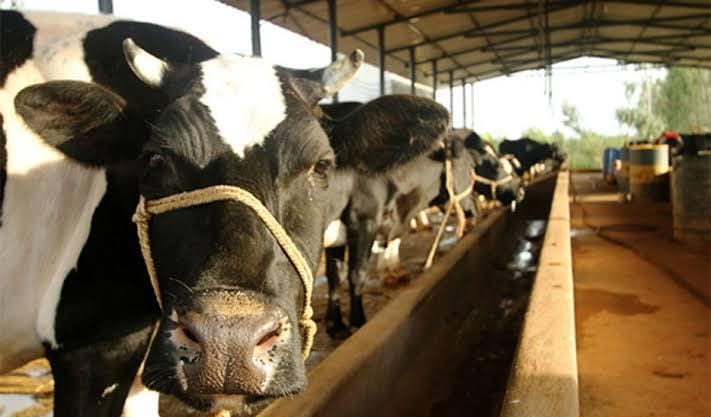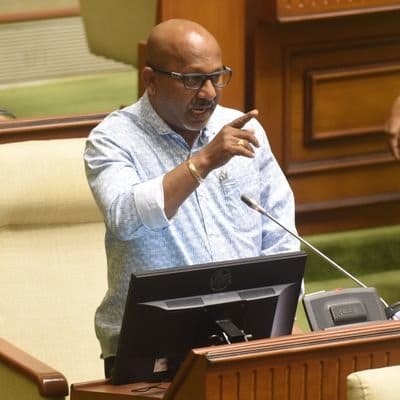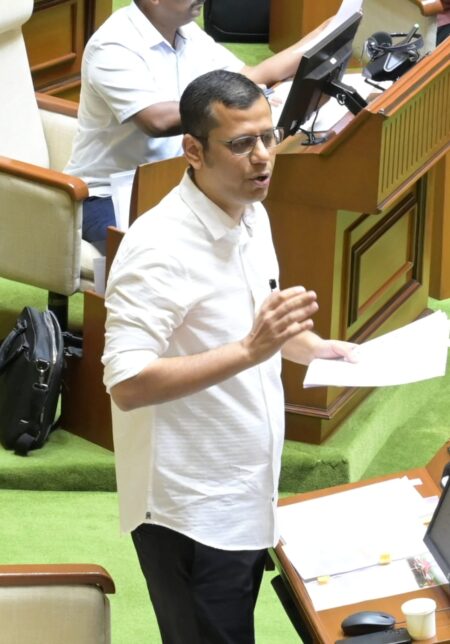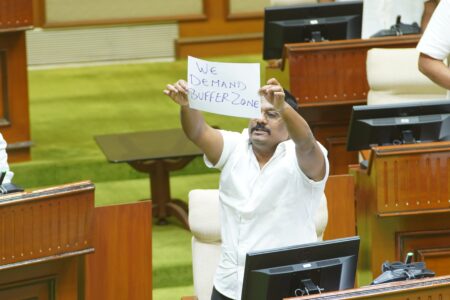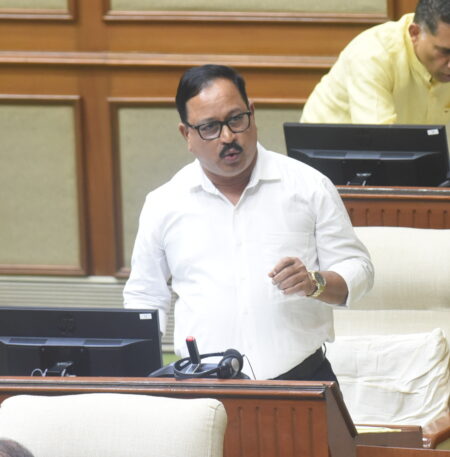Team Goemkarponn
Panaji: Goa’s milk production continues to fall short of local demand, forcing the state to rely on daily imports from Maharashtra, the Legislative Assembly was informed.
Animal Husbandry Minister Nilkanth Halarnkar, responding to MLA Jit Arolkar’s starred question, stated that Goa Dairy procured an average of 35,653–37,986 litres of milk daily between 2024 and June 2025. However, average daily sales exceeded 45,000 litres, indicating a consistent shortfall of over 11,000 litres per day—met by imports from Maharashtra.
The minister outlined several reasons for low milk production despite multiple subsidies and support schemes. These include high production costs, youth disinterest in dairy farming, fragmented land holdings, lack of cooperative farming, and rapid urbanization.
All milk produced is tested by Goa Dairy under Food Safety and Standards Authority of India (FSSAI) norms. Milk is checked for fat and SNF content, microbial load, and presence of adulterants, ensuring it meets national safety standards.
Goa Dairy pays local farmers ₹32.89–₹46 per litre based on milk quality, while consumers pay ₹54–₹67 per litre. The government also provides a 40% incentive to dairy cooperative societies to boost local production.
To reduce import dependence, the state is implementing schemes like the Mukhyamantri Sudharit Kamdhenu Scheme, Incentive Schemes for Milk Producers, Pashupalan Scheme, and Dairy Equipment Assistance. These schemes disbursed over ₹73 crore across 2023–2025 and supported the purchase of nearly 660 milch animals.
Training programs and community dairy farming schemes have also been introduced. However, the Assembly was informed that Goa is still not self-reliant in milk production and efforts are ongoing to expand local capacity.


